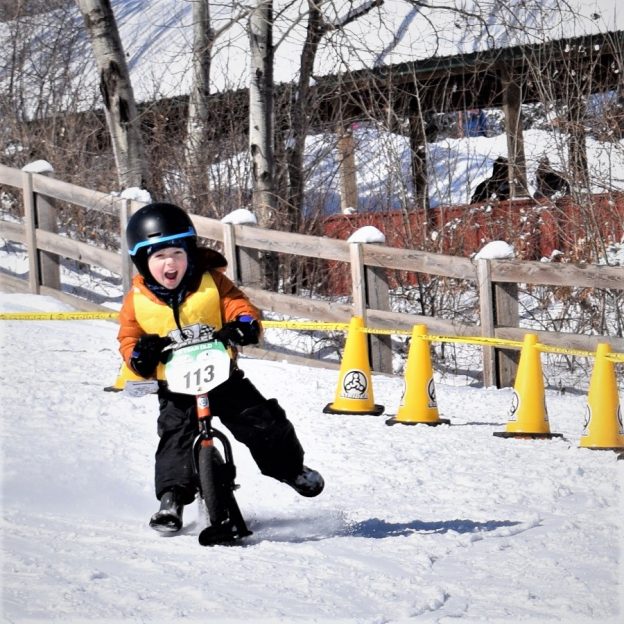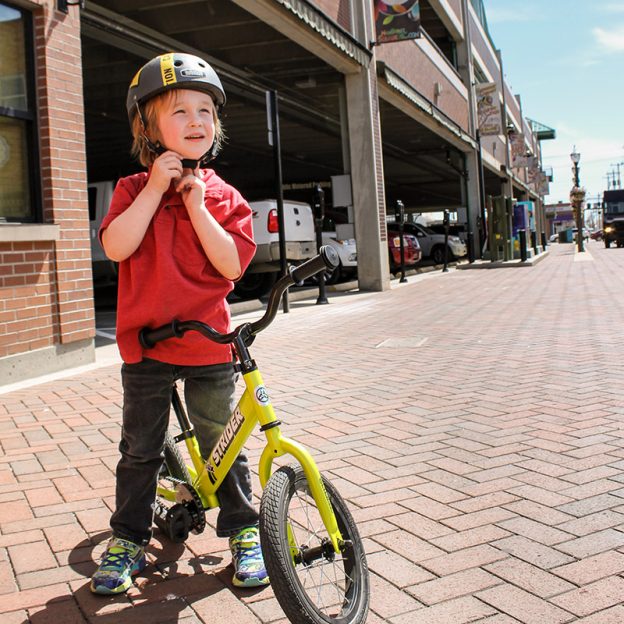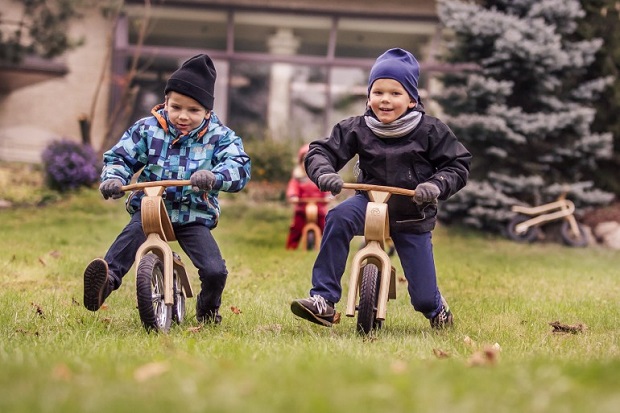Tag: balance bike
-

Putting more kids on bikes, tots ripped down Buck Hill last Saturday
This last Saturday, HaveFunBiking.com covered one of the coolest races we have seen in a long time. Putting more kids on bikes the Strider Snow Cup, was a great way to see our future cyclists in action. With skis attached to the bike wheels, there were a lot of winners on the hill for this family-friendly event.
-

Balance bikes are a great way for kids to adapt to a life of riding
Balance bikes are sweeping the world as the best way to teach children to ride bikes. What is a balance bike and how does it work? Balance bikes look a lot like a normal bike with two wheels, frame, seat and handlebars. What you won’t see on a balance bike is a crank, chain or…
-

Strider’s 14x is a new breed of balance bikes and out of the box
We’ve talked a lot about balance bikes in the past, and with good reason. Balance bikes teach children the most difficult aspect of riding in a fun and easy way. By doing away with the pedals, a balance bike allows kids to scoot along sidewalks and paths with relative ease while learning how to balance…
-

Balance bike offers wooden frame natural suspension
New York-based ZumZum wanted to design a balance bike that could do more than just give kids something to putter around on a Saturday afternoon. It wanted a design that would get kids excited about biking from an early age while giving them balance skills to take with them onto pedal bikes. To meet this…
